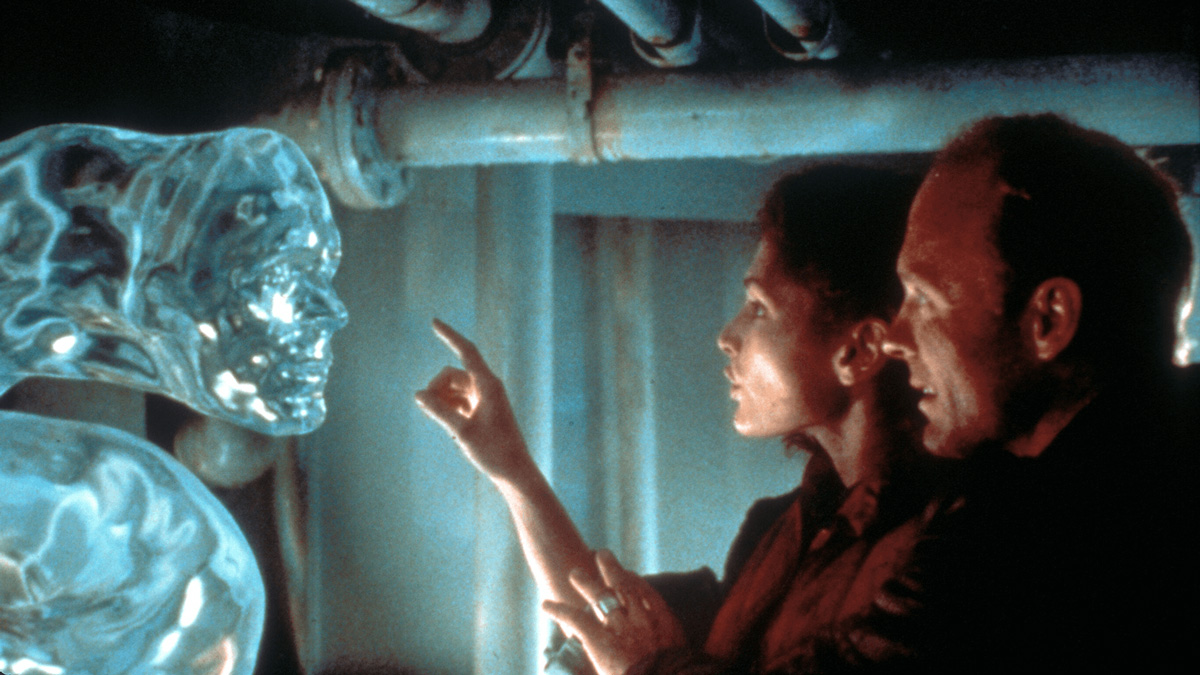
(c) Photofest / Getty Images
The historical significance of ``The Abyss.'' It is “an encounter between James Cameron and CG”
2019.04.22
ILM was at a turning point
Industrial Light & Magic (ILM) is a company founded by George Lucas to produce special effects for Star Wars (1977). Dennis Mullen, one of the founding members and a central figure in ILM in the mid-1980s, quickly realized the potential of CG and began creating an in-house CG production environment.
ILM teamed up with the computer animation department (later Pixar) of Lucas' production company Lucasfilm to produce the first CG animation in the history of film for Steven Spielberg's Young Sherlock (1985). (a shot of a stained glass knight jumping out of a window). However, in 1986, Lucas sold the CG animation department to Steve Jobs, and Mullen temporarily lost his partner in the CG field.
It was at this exact moment that ILM received a letter inquiring about the visual effects of pseudopods in The Abyss. Mullen uses CG to draw water pseudopods and shows Cameron how they work with a rough animation. After careful consideration, Cameron takes a big gamble by entrusting the pseudopod to ILM's CG.

